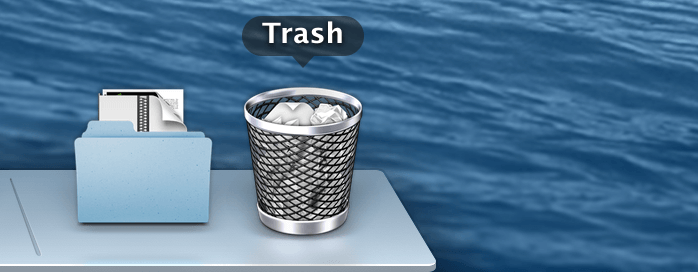Delete files and folders on Mac. At any time, you can get rid of files, folders, and other items that you no longer need. You start by dragging items to the Trash in the Dock, but the items aren’t deleted until you empty the Trash. To search for and locate files you want to delete, see Narrow your search results on Mac. File Type 1 Generic Binary File. 4.2 (1308 Votes) Data Files. What is a BIN file? A BIN file is a.
Recycle Bin For Mac
What is the bin folder?
Although it might sound like it, this is not the Trash. Bin is another hidden folder.
Select the bin file, select.files, for bin Image files. The Archive Browser. Program that lets you browse the contents of archives, as well as extract them. Mac Dec Bin Hex Calculator.Mac Dec Bin Hex Calculator.Mac Dec Bin Hex Calculator. Part 1: Where is the Recycle Bin on Mac Method 1: On your Mac, use the Go to Folder feature from the Finder Go application and then type in./Trash. Method 2: If the Trash Folder has moved to other drives, open the Finder and then type.Trashes/501 in the search bar.
When operating systems, such as macOS — and Mac OS X before that — are constructed using a Linux system directory, certain files and folders are hidden on purpose. Almost every operating system will hide things that the majority of users don't need. It is the same as an architect and builder placing plumbing and wiring behind a wall: it looks better, and the last thing you want is to accidentally damage the operating system that keeps your house functioning smoothly.
It is enough for most people to know that the plumbing and wiring are working smoothly and that they can call a professional should something go wrong. With an Apple operating system, hidden folders and files are routes that power users take to tweak and modify a Mac, to improve how it performs, and solve any problems should anything go wrong.
Accessing the bin folder is another way to take a look at potentially make changes to license and configuration files. Now, if you ever want to make changes to hidden files and folders without digging around in system directories, there is an easier and quicker way. Download an app like CleanMyMac X to uncover space within hard drives. Using its Space Lens feature, This program can show you what is taking up space and help you delete anything you don't need.
Unzip Bin Files On Mac
However, if you are keen to look under the hood manually, here is how to access the bin folder.

Ways to access the bin folder?
Method 1: Find the bin folder through the Finder
- Open Finder
- Press Command+Shift+G to open the dialogue box
- Input the following search:
/usr/local/bin - Now you should have temporary access, so you should be able to drag it into the Finder favorites if you want to access it again.
Another way to find the bin folder is through Terminal.
Method 2: Finding the bin in Terminal
- Launch Terminal; which you can find in /Applications/Utilities
- Enter this command in Terminal:
chflags nohidden ~/usr/local/bin - Click Return. Make sure the command is executed.
- Quit Terminal. The bin folder should be visible in the Finder.
- If you ever want to restore this to how it was before, enter the following command in Terminal:
chflags hidden ~/usr/local/bin - Click Return again, and it should be back to how it was.
Only attempt this method if you are comfortable using the Terminal. Remember, using Terminal can make significant changes to your macOS systems and files, so only make these sorts of changes if you’re confident in the inputting instructions. This way, you should have temporary access to the bin folder to make any needed changes.

Pro Tip: If you find yourself running short of storage on your Mac, clear out your downloads folder. Everything you’ve ever downloaded that you’ve not moved somewhere else or copied is sitting in that folder. Going right back to when you got your Mac. Imagine how much room that is taking up! Especially when it contains zip folders, videos, images, and app downloads.
Another way to access hidden directories
There are many apps that allow you to gain access to hidden files, folders, and directories. One such is Daisy Disk, another CleanMyMac X. I prefer CleanMyMac better because of nice visualizations. You can click the 'Space Lens' tool and see the entire folder tree of your Mac. This reveals many hidden folders and things you may have long forgotten.
I downloaded the free version of CleanMyMac X here.
After you get the app, you need to click the 'Space Lens' tab.
From there, click on bubbles to dive deeper into folders that are sorted by colors and categories. Quite exciting, really.
That's all you need to know about finding the Bin folder on Mac. Stay tuned for more Mac tips!